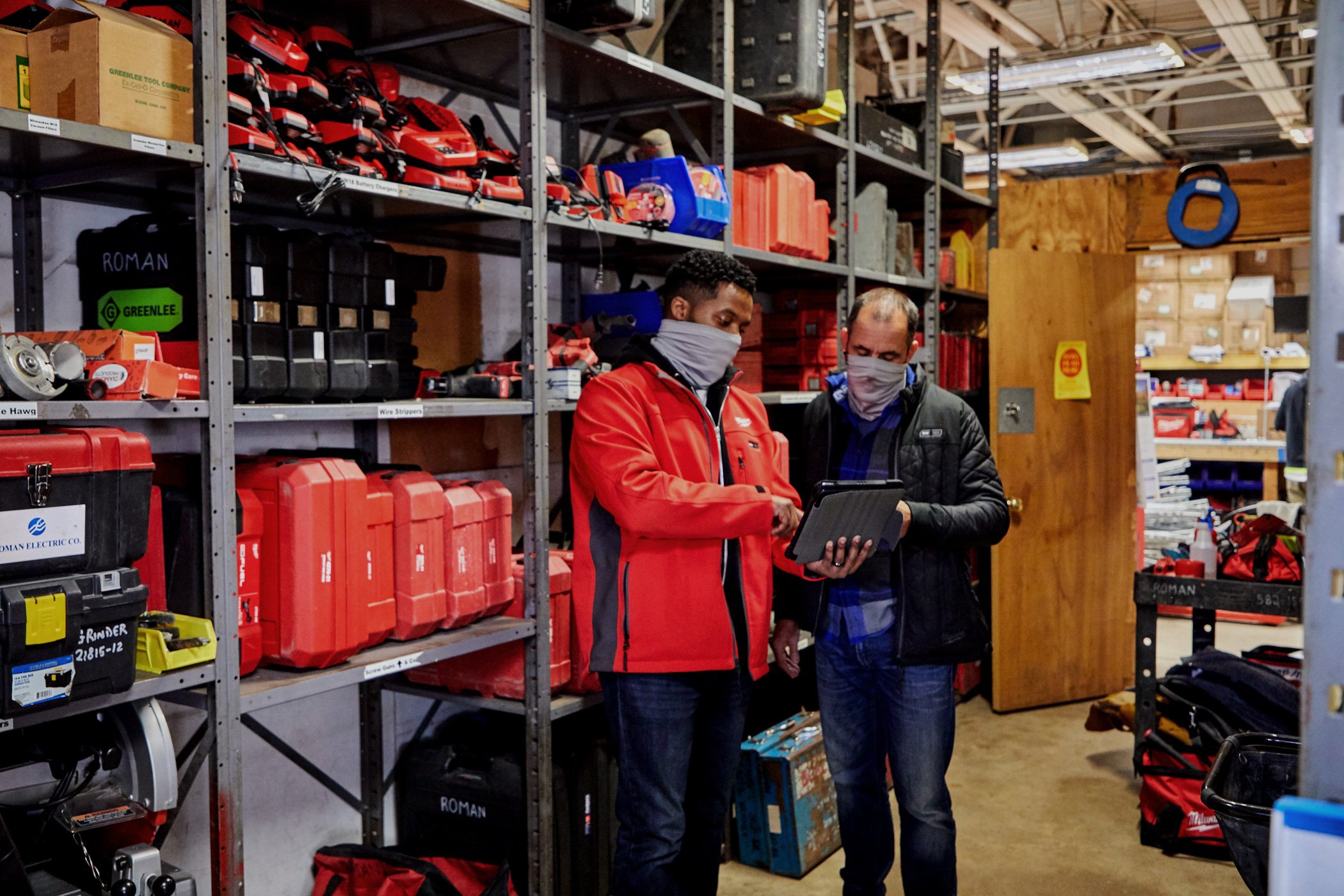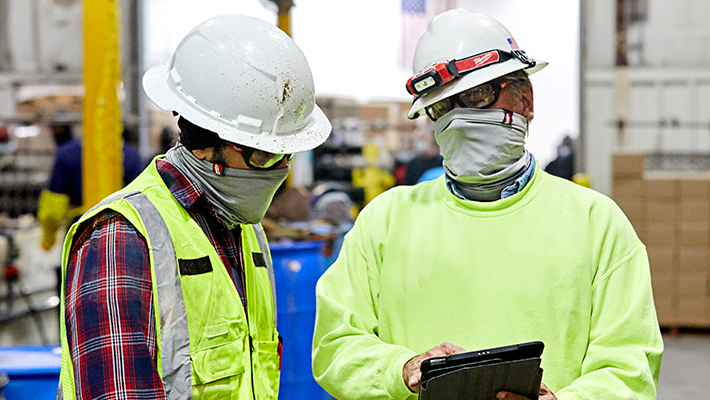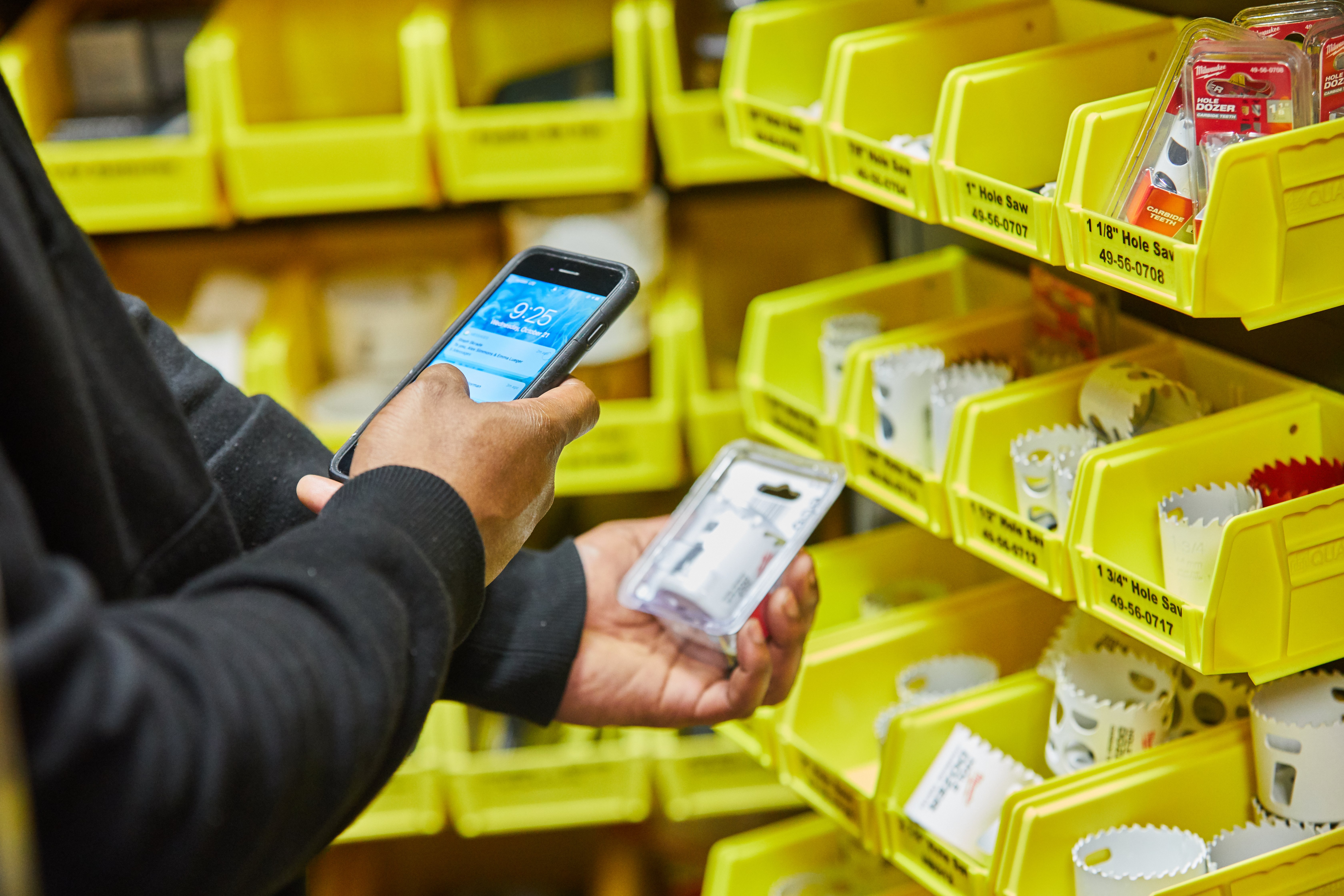
In our industry, we’re facing a serious problem that needs concrete solutions: labor shortages.
A 2020 study, conducted by the Association of General Contractors of America (AGC), revealed that 72% of general contractors, a commanding majority, consider labor shortages to be the biggest hurdle they’ll need to overcome in 2021. To make matters worse, there’s also an unprecedented skilled labor shortage in construction—with 81% of construction firms struggling to fill both salaried and hourly craft positions.
These labor shortages are problematic, to put it mildly. 57% reported that worker health and safety risks are conversely related to labor shortages, while 44% believed they would be tied to higher project costs, and 40% anticipated they will be a key factor in why projects take longer (which can lead to unwelcome time and cost project overruns).
So, what gives? Why is there a labor shortage in construction? There are lots of factors. For one, skilled trades are aging out. This creates a considerable skill gap between the seasoned trades with invaluable experience and the minted trade school grads entering the field. Outdated stereotypes, what’s more, cause fewer and fewer young people to enter the trades, ultimately narrowing the talent pool and making it harder for one generation of construction trades to confidently pass the torch to the next.
The important follow-up question: How do we address the shortage of skilled construction workers?
A big part of it comes down to planning. Thus, in this article, we’ll discuss how careful planning, with particular emphasis on inventory, can be used to address the skilled and unskilled labor shortages plaguing the construction industry today.
How Do We Address the Shortage of Skilled Construction Workers?
Put frankly, there’s no silver bullet to eliminate the labor shortages we face as an industry today and manufacture a supply of enthusiastic talent that will magically meet our present demands.
In order to organically grow interest in our industry and encourage young people to consider a construction career, we need to create demand. We can start to move the needle in this regard by taking strategic efforts to dismantle misconceptions associated with our industry. By partnering, for example, with area high schools and technical colleges, we can create awareness about how a career in the trades is worthwhile, offering an enriching livelihood, a lucrative salary, faster training (and far less debt), job security, flexibility, and more.

And while the above-mentioned tactic is an important long-term and ongoing commitment we must make for the good of our industry, dealing with the present-day labor shortages that threaten productivity (and bottom lines) starts with being strategic with the tools and talent you have at your disposal now:
- Project Management: A good construction manager, as we’ve said before, needs to be able to recruit and hire a scrappy team; create, inspire, and delegate through an understood vision; foster collaboration and communication; and adopt and supercharge processes through data-driven insights. This starts at the beginning of the year with predicting reliable construction forecasting and continues through tracking project progress and deliverables through construction data management.
- Inventory Management: Knowing where your inventory is, and where it’s needed (as well mastering the logistics of getting it where it needs to go), is key to bolstering jobsite uptime. We’ll discuss this particular metric, the emphasis of this article, in the next section.
- Construction Technology: There are a number of new technologies and innovations that can help overburdened contractors with dwindling headcounts supercharge their processes and empower their teams to be more productive with fewer warm bodies. Construction drones can be used for anything from surveying land to identifying safety concerns to monitoring project progress. Using a design-build process can streamline your work, and save time, by removing unnecessary steps and fostering collaboration and transparency between contractors and clients. Prefab construction and modular construction methods offset time on site by having premanufactured components delivered to be installed on site, while helping ensure quality and making costs predictable and weather-dictating effects a relative nonissue. BIM software can be used for design collaboration as well as to mitigate risk. Likewise, other quality assurance construction technologies like LIDAR and point-cloud mapping as well as virtual reality (VR) and augmented reality (AR) can be used to create virtual showrooms and get stakeholder buy-in. BIM specialist and construction technologist professionals can be hired to help you manage these emerging technologies, or you can send those within your ranks with interests in these cutting-edge disciplines and career aspirations to relevant seminars where they can hone their interests and get the training they need.

Construction Inventory Management: Building a Fine-Tuned Logistics System for Assets
An important factor to consider as it relates to labor shortages and productivity is downtime. Industry-wide labor shortages are outside of your control, and beyond the tactics we described above to help curb them, having full control of your logistics chain is more critical than ever to profitability.
Let’s draw, for example, on some recent worldwide news. The blockage in the Suez Canal has disrupted supply chains and impacted trade, while tariffs of recent past have been the detriment to global manufacturing. These events have caused teams at major corporations (we at Milwaukee are no exception) to have to get creative and problem solve how they might divert inventory across their worldwide supply chain such that the disruption to their operations is minimized as much as possible.
The same principle can be applied to our industry. How might we minimize downtime that’s caused by the labor shortages plaguing construction? Ensuring materials and equipment are where they need to be prior to work starting, for one, is more important than ever. After all, “looking around for stuff” is causing you valuable time when your pool of subcontractors is increasingly narrowing. Production inefficiencies like these are can be worsened by poor maintenance, which can eat into your production capacity by as much as 20%, when tool motors burn out, equipment fails, and trades onsite have to wait for crib managers to send a replacements. Regular maintenance and following manufacturers’ recommendations for service intervals can help improve the longevity of the items in your inventory, make decisions about when repairing versus replacing tools and equipment makes more sense, and help your purchasing team in planning when new models are needed.

Thus, building a fine-tuned logistics system is crucial to empowering your team to work in optimal conditions when negotiating labor shortages is ever important. Such a system will include:
- Cloud-based inventory management software to manage assets: It’s important that your inventory management system is digital and cloud-based, ridding yourself of as many inefficient, manual processes and outdated software systems that may too easily compile project data in a vacuum that can get lost in the shuffle. Similarly, integrated construction software platforms that help your various teams (back office, tool crib, in field) better collaborate and share information is key to eliminating data inefficiencies.
- Tool and equipment tagging solutions: Using equipment tagging procedures (barcoding, asset tags, RFID tags) can help crib managers make sure there is a record for items checked in and out of your tool inventory and create visibility to where everything is. These solutions are also ideal for small tool tracking, like hand tools, which you of course you don’t want to be constantly misplacing or replacing (these “consumables” add up over time!) but might not necessarily justify more advanced built-in tracking functionality like Bluetooth® trackers or GPS trackers that come with an added expense.
- Bluetooth® and GPS tracking solutions: Using smart tools with built-in tracking functionality (as well as optimization settings and utilization data) can help ensure you know where your items are, as well as whether they’re performing to spec or need to be recalibrated/serviced. For items that don’t have this built-in tech, Bluetooth equipment trackers or Bluetooth tags can be added to get more advanced tracking functionality, while GPS trackers (which can be considerably more expensive) may be reserved for higher ticket items, on job boxes containing lots of inventory, or on vehicles in your fleet transporting inventory to the job, or if you’re a one-man shop, on your service van.
Measuring Success: Keep the Tool Team Accountable with KPIs and Reward Improvement
Owning the logistics chain is an important part of navigating a construction world plagued by downtime-risking labor shortages. But how might you measure the success of a tool team, identify and reward successes (or learn from failures), and make steady improvements?
There are KPIs of inventory management you can measure to judge the efficacy of the tool team. This all starts with what you’re looking to learn. For example, in light of labor shortages that can impact how productive your company can be, a metric like labor utilization may be drilled down into. This metric tells you how efficiently your workforce is using your inventory dollars. Once you have a handle on how your team is working with your current inventory, you can make determinations about what’s needed: aging drills being replaced, more equipment needed, etc.
Wrapping It Up: How Inventory Can Help Solve the Construction Labor Shortage Problem
A key takeaway: There is undoubtedly labor shortages in our industry that we need to work long-term to resolve, but that doesn’t mean you can’t be productive. Owning your logistics chain, using technology to your team’s advantage, and optimizing workflows is key to maximizing uptime and the overall productivity of the team you have today.
It may sound like a tired cliché, but in the age of growing construction labor shortages, it’s crucial to work smarter, not harder.
